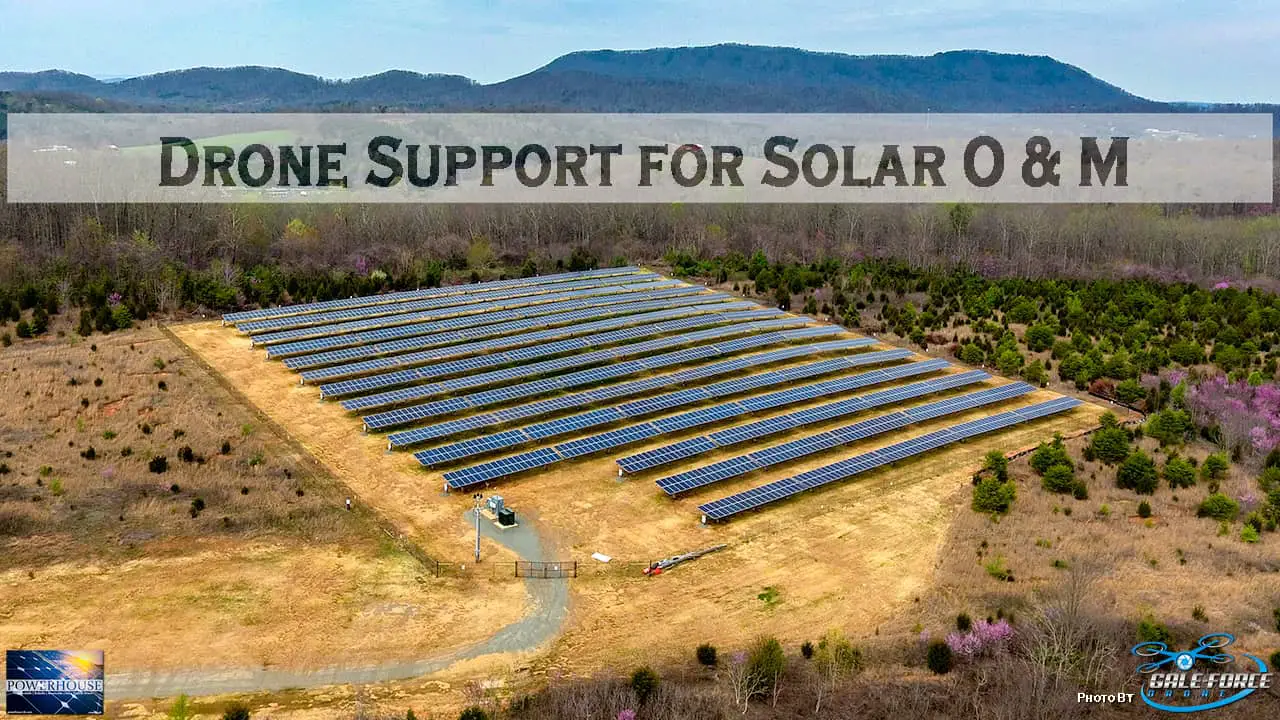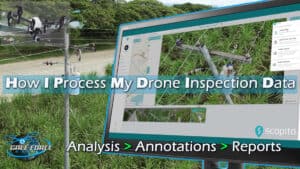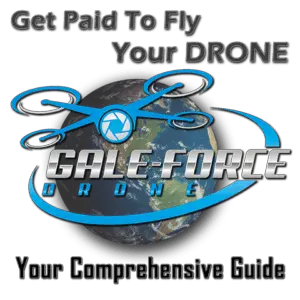
In the solar industry, O&M stands for “operations and maintenance”. It refers to the ongoing activities and services required to keep a solar facility running smoothly and at optimal efficiency. This includes regular cleaning and maintenance of solar panels, monitoring and analyzing performance data, troubleshooting issues and repairing or replacing components as needed. Proper O&M is essential to maximizing energy production and ensuring the longevity of a solar facility.
Traditional PV solar inspections involve O&M technicians walking through the site with handheld cameras, which can be time-consuming and often fail to capture the entire site. Drones, on the other hand, can fly over the entire site and capture high-resolution imagery in a fraction of the time. Here are some of the key benefits of using drones for PV solar O&M inspections:
Improved Efficiency
With drones, inspections can be carried out faster and with greater accuracy. Drones can cover large areas quickly, and the high-resolution visual and thermal imagery they capture allows for more accurate detection of defects and other issues. This means that inspections can be completed in a fraction of the time, reducing costs and minimizing downtime.
Improved Data Quality
The high-resolution imagery captured by drones provides a level of detail that is simply not possible with handheld cameras. This means that defects and other issues can be detected more accurately, leading to more effective maintenance and repair.
Lower Costs
PV solar inspections typically require a team of technicians to walk the site, which can add up to significant costs for salaries, benefits, and travel expenses. With drones, fewer personnel are needed to conduct inspections, leading to lower costs. And drones never require paid vacation or sick leave, making them a cost-effective option for PV solar O&M inspections.
 Click in to my article “How to start your Drone PV Solar Inspection Business” where I go into a lot of detail on how to get in to Solar Inspections.
Click in to my article “How to start your Drone PV Solar Inspection Business” where I go into a lot of detail on how to get in to Solar Inspections.
As a drone operator offering solar farm inspections, it’s important to understand the needs and challenges that solar farm O&M departments face on an ongoing basis and ensure that you are acquiring the specified data and providing valuable insights. Here are some tips to help you work effectively with O&M teams:
Build Relationships with PV Solar Plant Owners
Building a successful solar inspection service offering is all about making connections and building relationships. You need to get out there and meet people! Attend industry events, join social media groups, and don’t be afraid to reach out directly to plant owners to introduce yourself and your services. Be personable and approachable, and build a reputation for providing top-notch inspections and valuable insights. Once you’ve established those relationships, leverage them to secure repeat business and referrals. Remember, it’s not just about what you know, it’s also about who you know!
Collaborating with the O&M Team
In order to truly understand the needs of the O&M team, it’s important to establish a good working relationship with them. By getting to know the members and learning about their needs and priorities, you can work together to provide valuable insights that will help keep the solar farm operating at peak performance. Communication is key in this partnership, as they are the experts on the ground and you are the eye in the sky. Be receptive to their feedback and suggestions, and be ready to adjust your approach as needed. By working collaboratively, you can ensure that the data you capture is useful and relevant, ultimately leading to better maintenance and repairs.
Be the Trusted Advisor
To become the go-to expert and retain clients for your drone business, exceptional service is key. This goes beyond simply providing accurate data and analysis – it’s about establishing trust and showing a genuine interest in helping your clients succeed. Take the time to really listen to their needs and concerns, and be responsive to their questions and feedback. Once you’ve built a strong foundation of trust, you can go the extra mile by proactively identifying potential issues and providing actionable recommendations for improvement. By working together with O&M teams, you can help them achieve peak performance and efficiency for their solar farms.
Invest in the Right Equipment
To carry out PV solar farm inspections, you’ll need a drone that is capable of capturing high-resolution imagery, and if possible carries a dual sensor that captures both visual and thermal images to identify potential issues such as hotspots that may indicate faulty cells.
 The DJI Mavic 3T Enterprise Advanced is a drone that takes the Mavic platform to an industrial level. With dual sensors providing both visual and thermal imaging capabilities, it offers a 24mm, 48MP camera with an equivalent focal length of 162mm, 12MP, and 56× hybrid zoom. The thermal sensor delivers a DFOV of 61°, equivalent focal length of 40mm, and a resolution of 640 × 512, which is the industry standard pixel resolution. These features make the Mavic 3T ideal for PV Solar and Powerline inspections, as well as many other visual and thermal services applications. The drone also offers RTK for centimeter-level positioning, as well as lights and speakers that can be used for search and rescue operations.
The DJI Mavic 3T Enterprise Advanced is a drone that takes the Mavic platform to an industrial level. With dual sensors providing both visual and thermal imaging capabilities, it offers a 24mm, 48MP camera with an equivalent focal length of 162mm, 12MP, and 56× hybrid zoom. The thermal sensor delivers a DFOV of 61°, equivalent focal length of 40mm, and a resolution of 640 × 512, which is the industry standard pixel resolution. These features make the Mavic 3T ideal for PV Solar and Powerline inspections, as well as many other visual and thermal services applications. The drone also offers RTK for centimeter-level positioning, as well as lights and speakers that can be used for search and rescue operations.


In the following real life example, I will share how we helped a solar plant that had been struggling to accurately identify defects across their 50-megawatt solar farm. To conduct the inspection, the O&M team deployed two technicians with handheld cameras to perform the inspection. After a grueling three months, they finally completed capturing the image data for the entire site. However, they were a bit surprised that their analysis only found 4 defects across the field. The O&M team, as well as upper management, was not convinced that this could be an accurate result based on production analytics.
That’s when we were called in to provide our drone inspection services. Within just three days, our team had flown and captured the data for the entire site, performed analysis, and generated a report identifying nearly 200 module defects in the field. While this was a sobering reality for the solar plant, it provided more clarity on the degraded energy production of the site.
This experience was a testament to the effectiveness of using drones for solar farm inspections. By improving the accuracy and efficiency of data capture and analysis, drones can help make more informed decisions and improve plant performance.
 Click in to my article “How I Process My Drone Inspection Data” to learn how you can process your inspection imagery and deliver industry grade deliverables.
Click in to my article “How I Process My Drone Inspection Data” to learn how you can process your inspection imagery and deliver industry grade deliverables.


